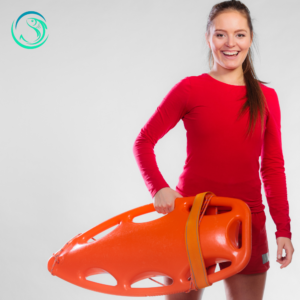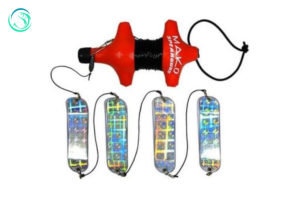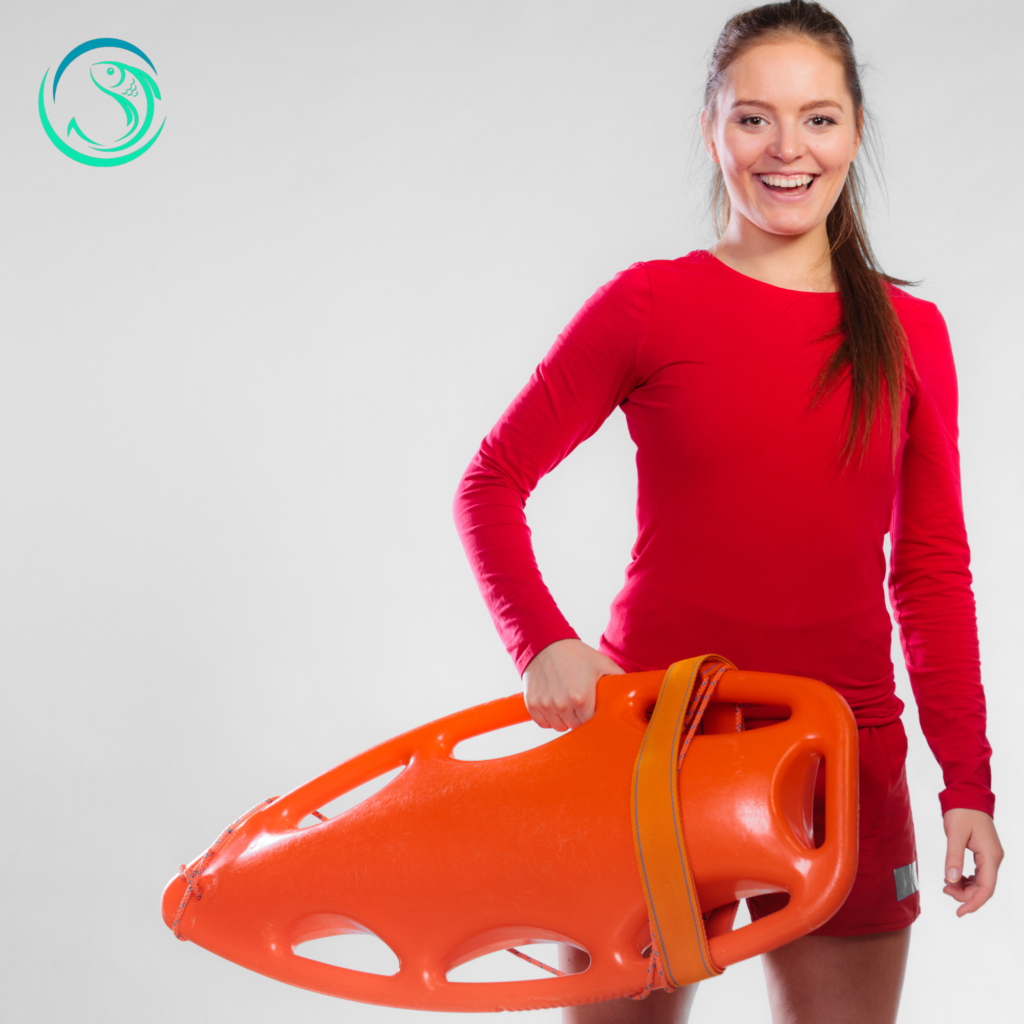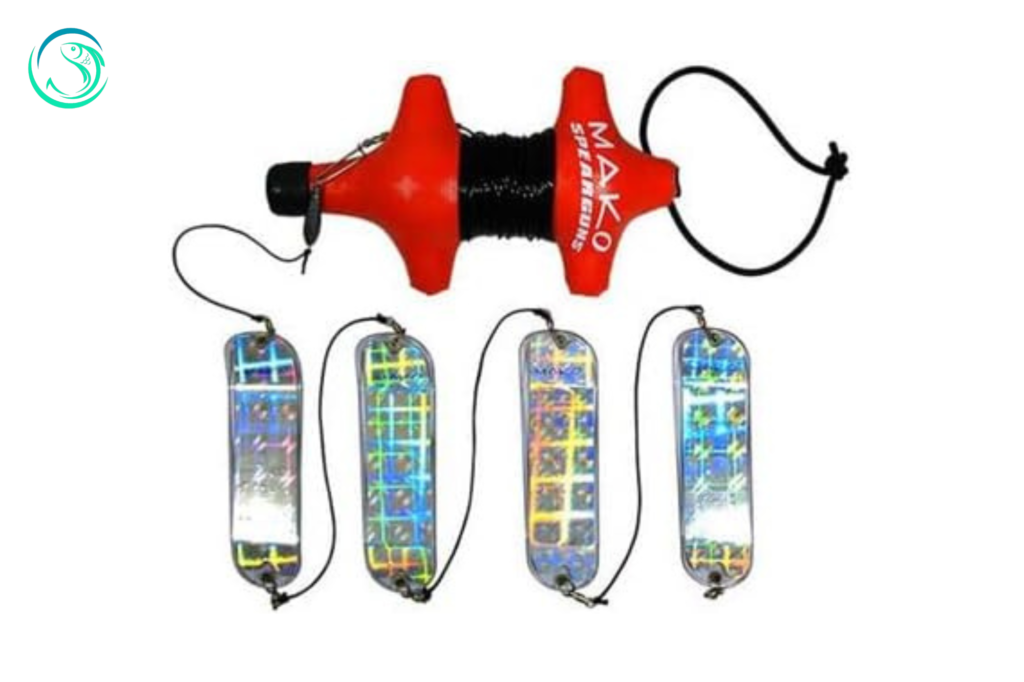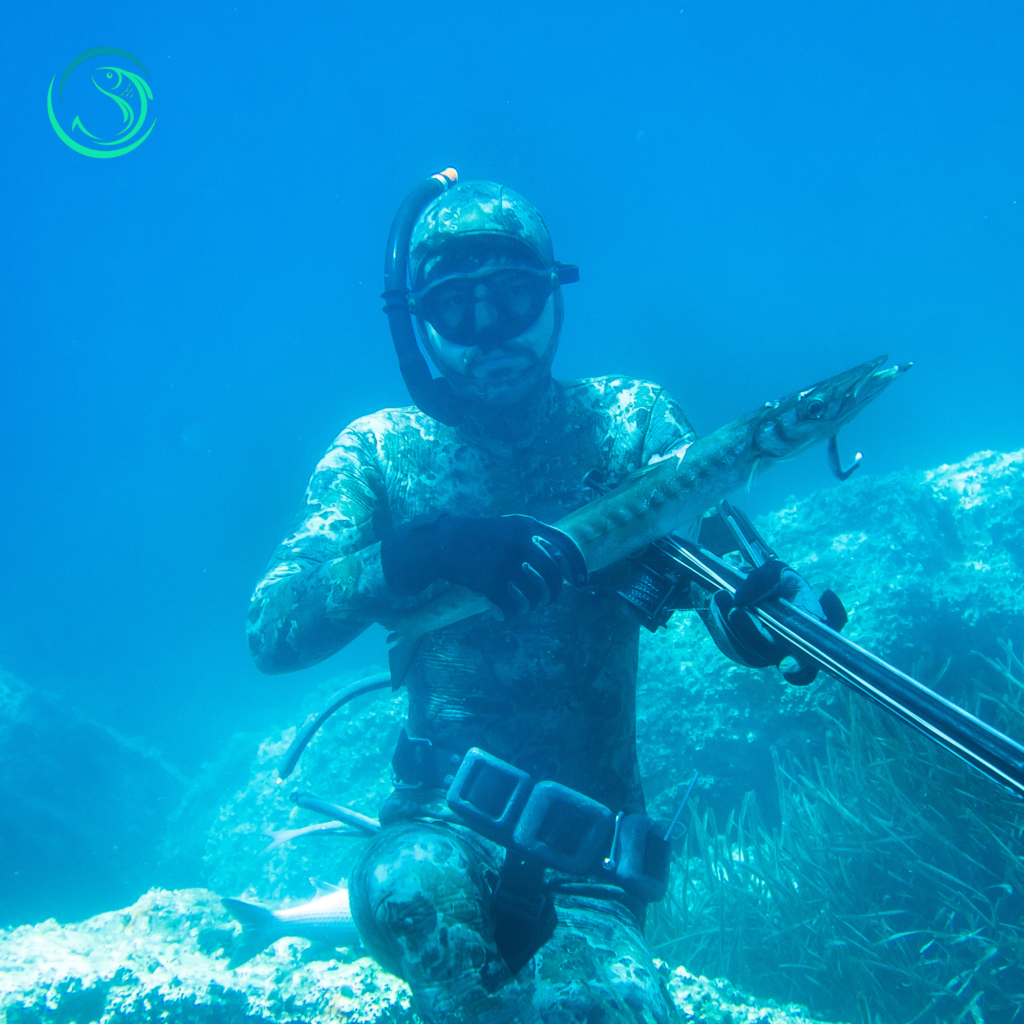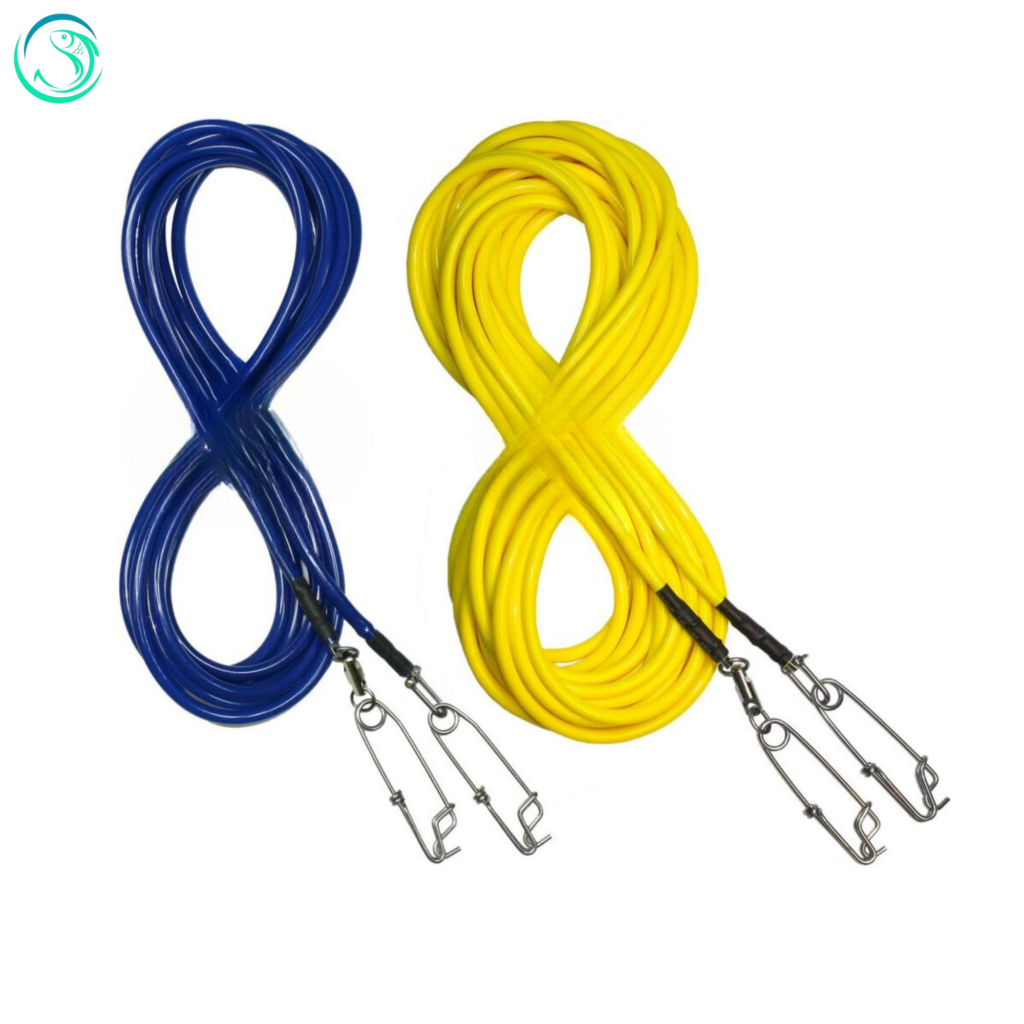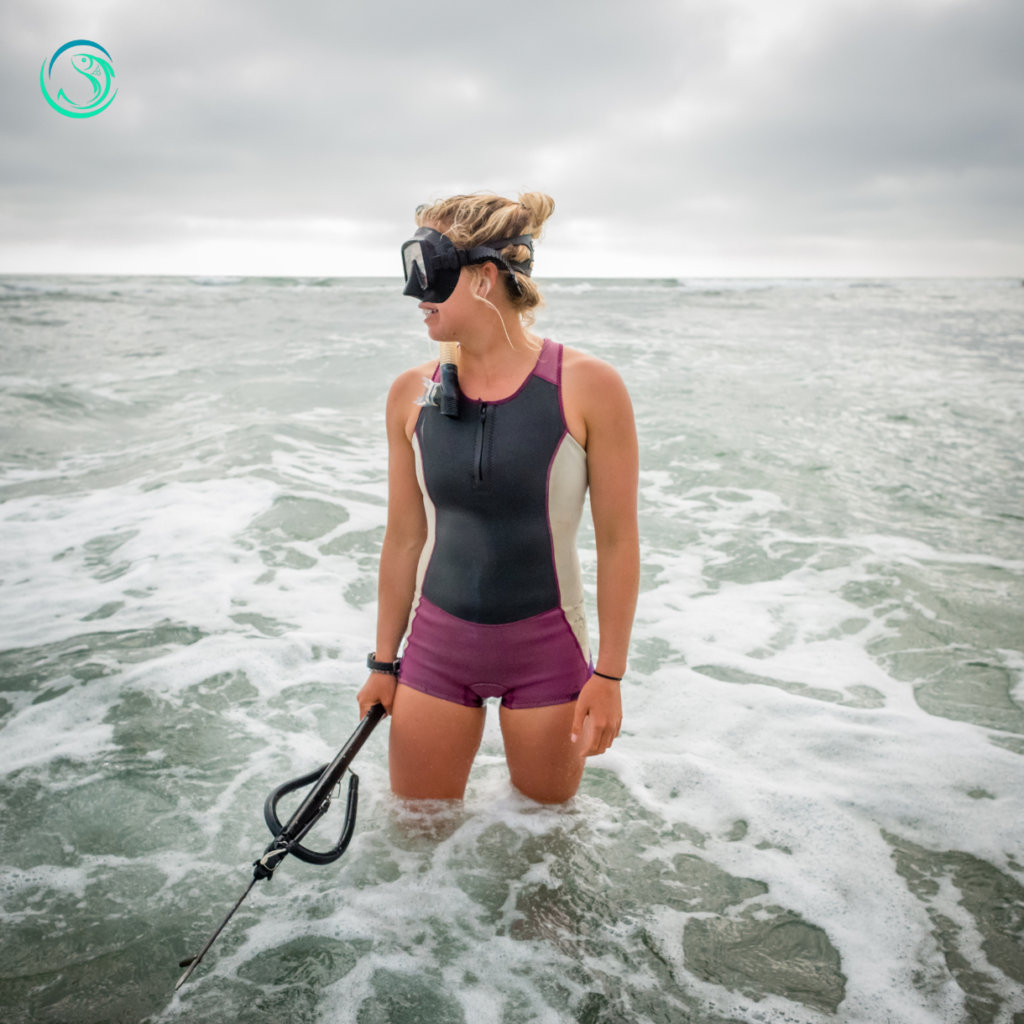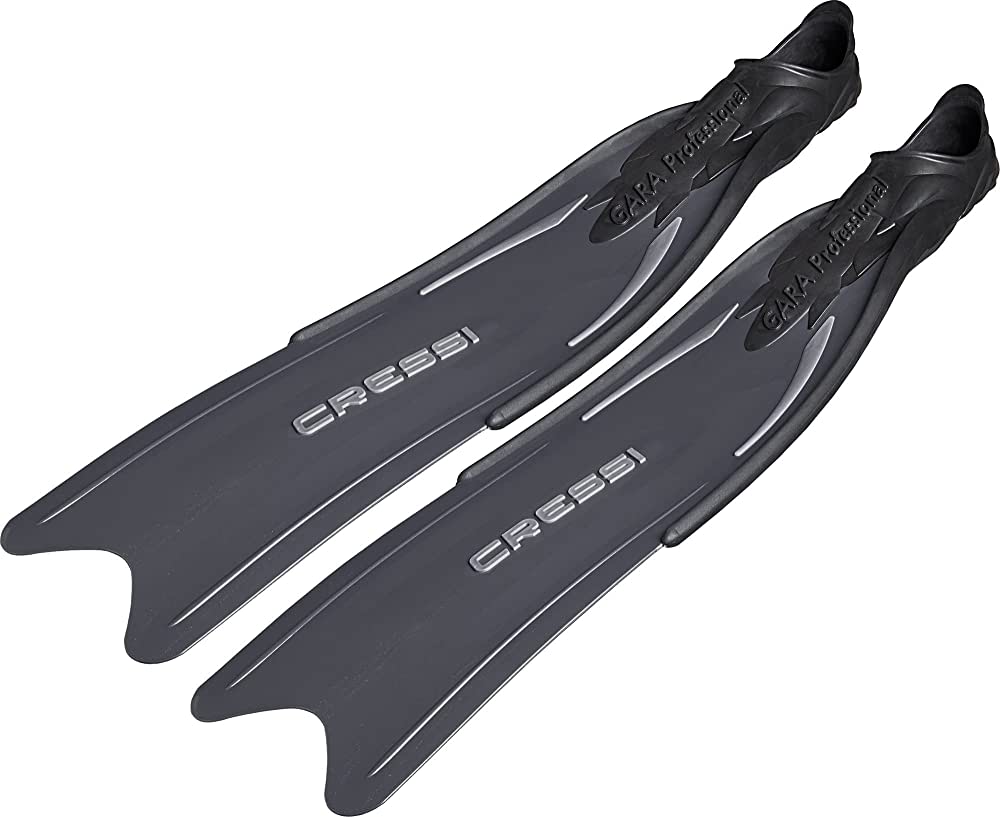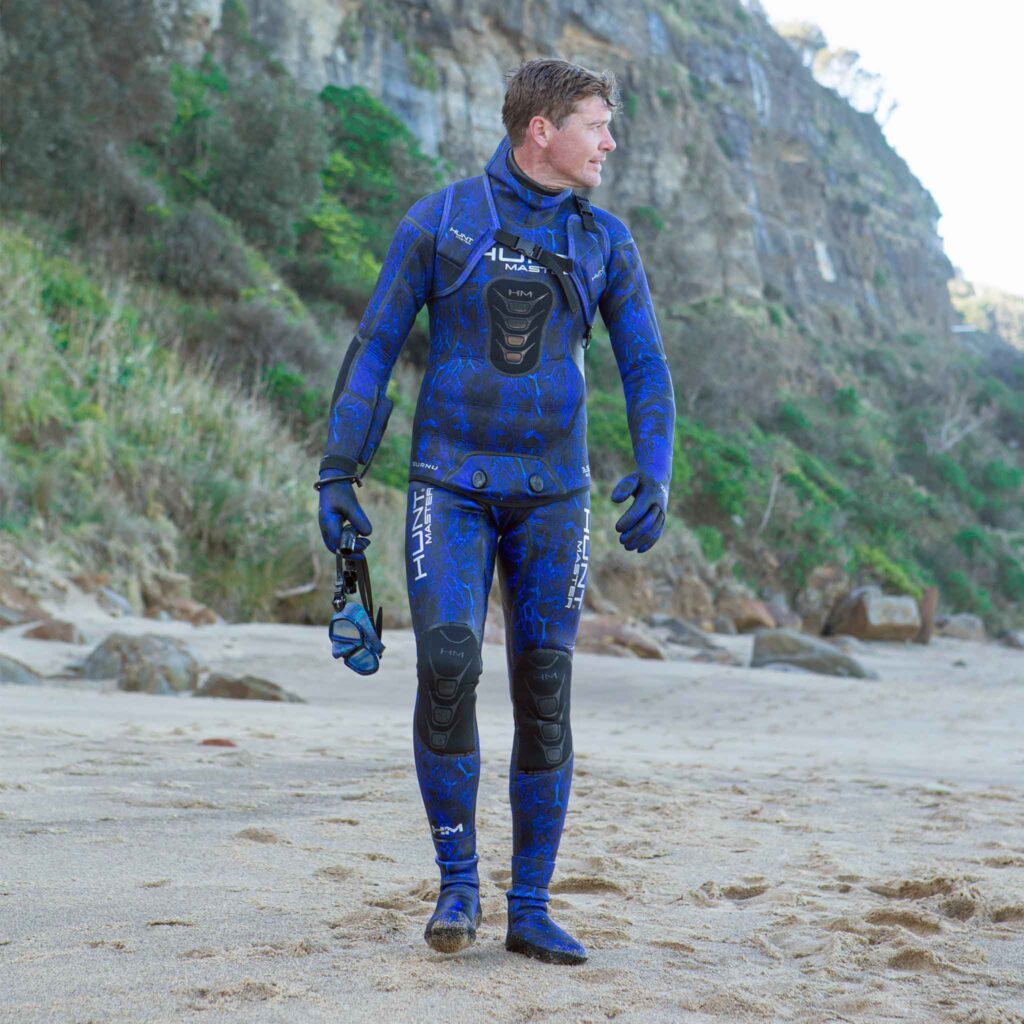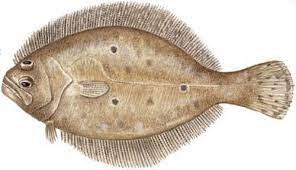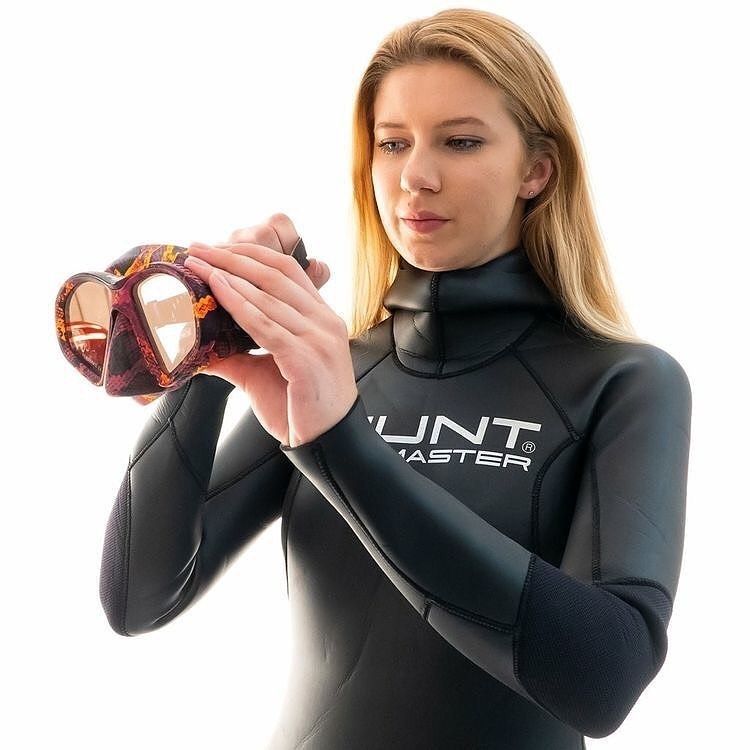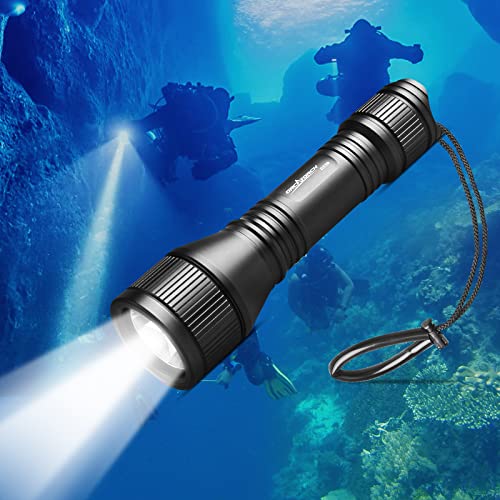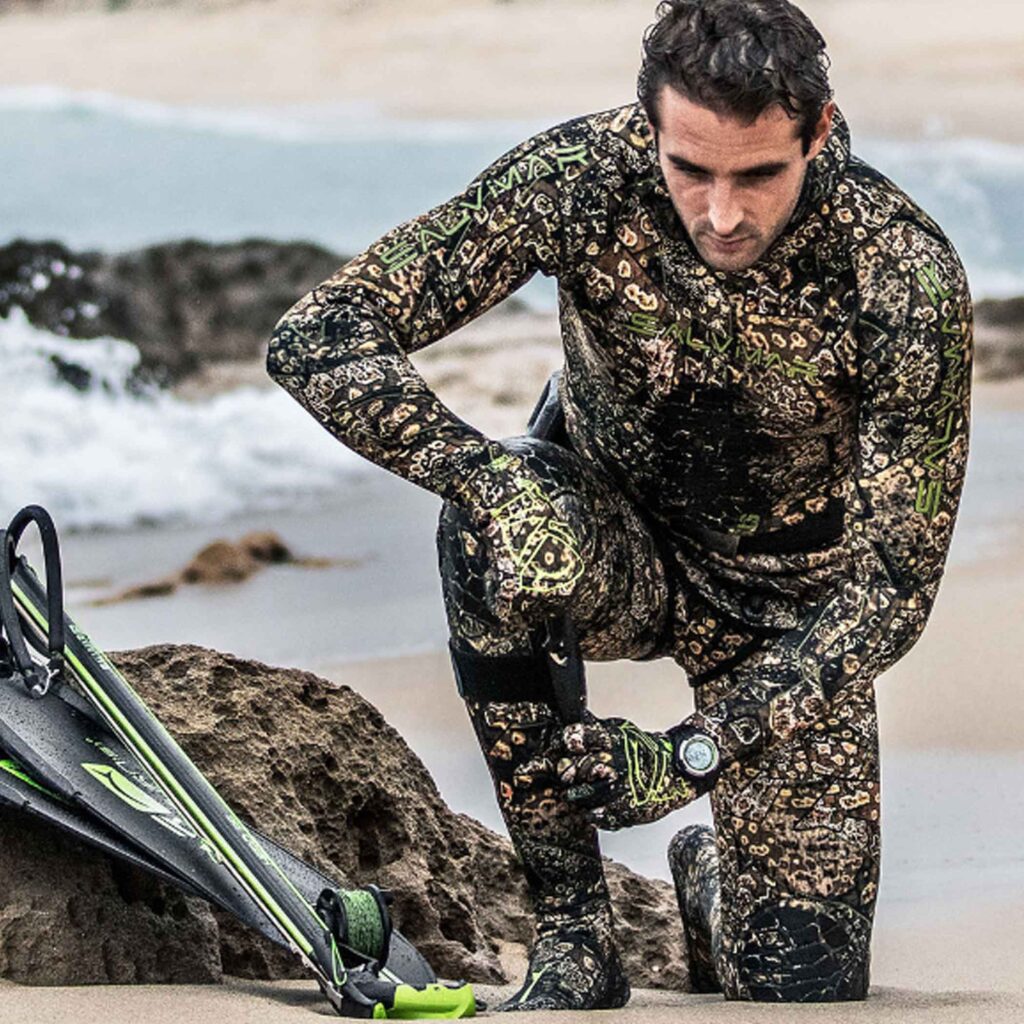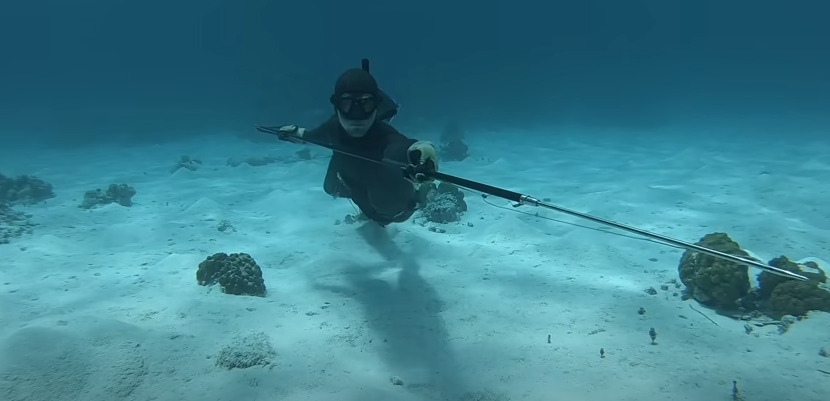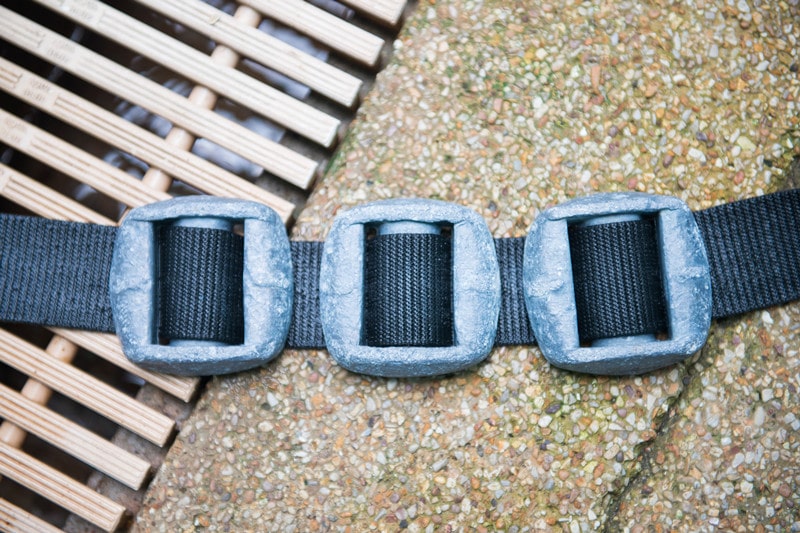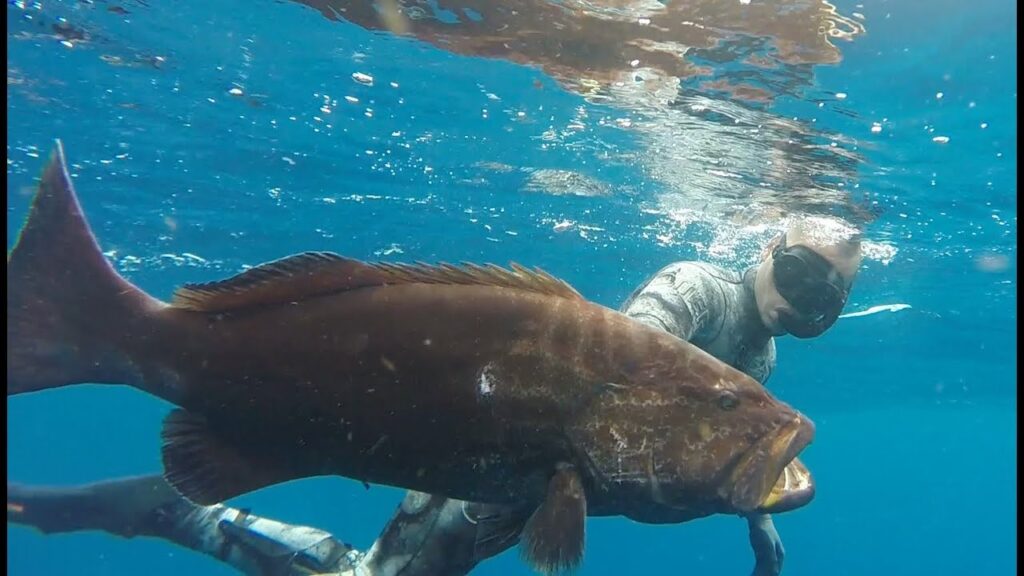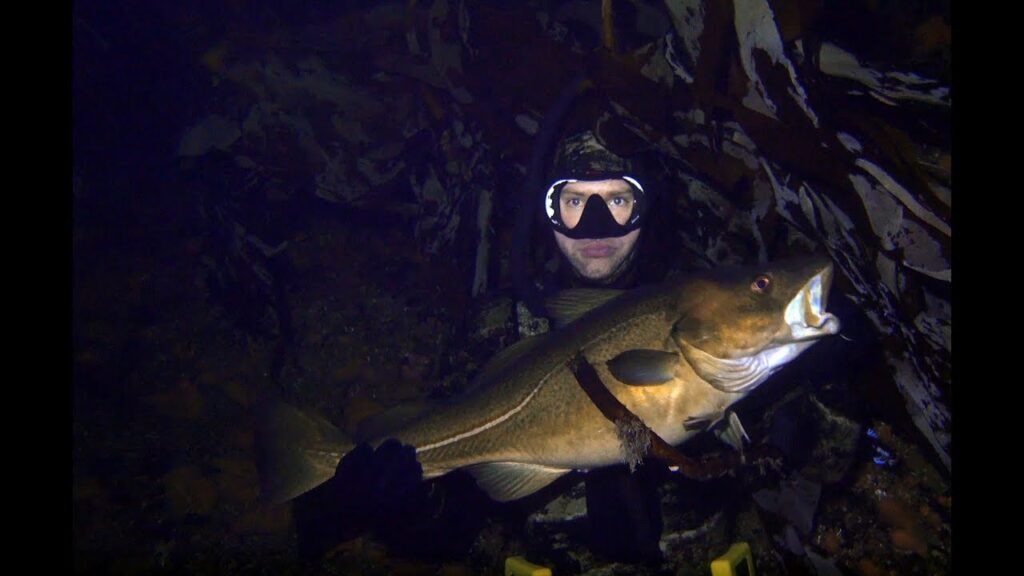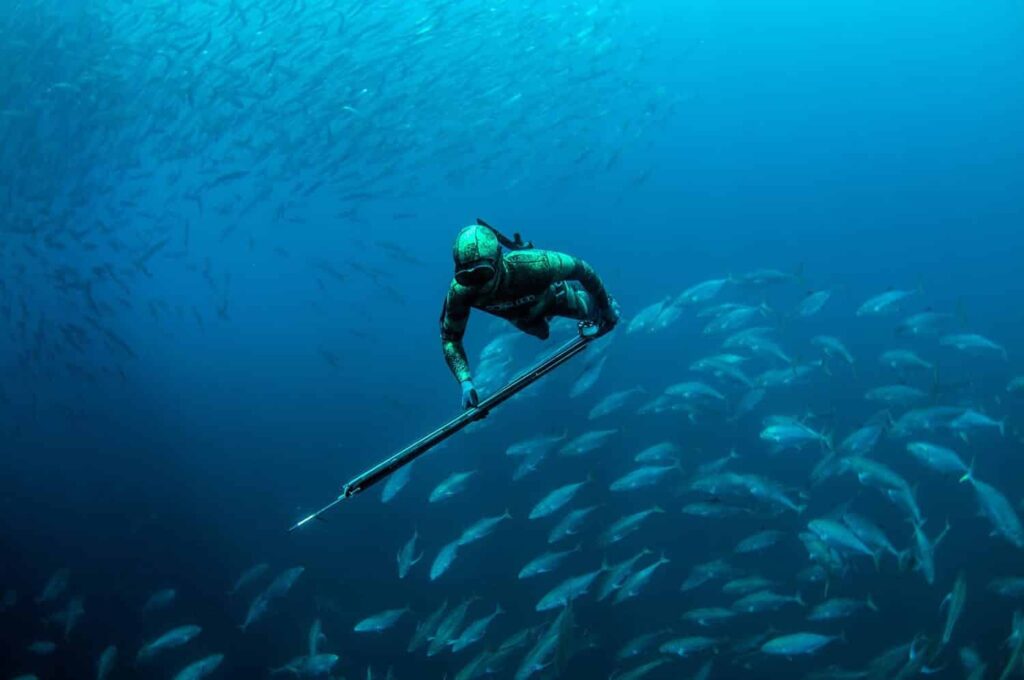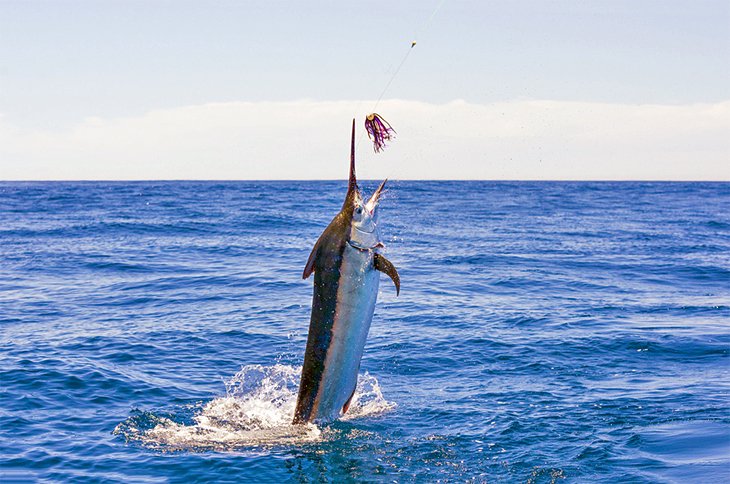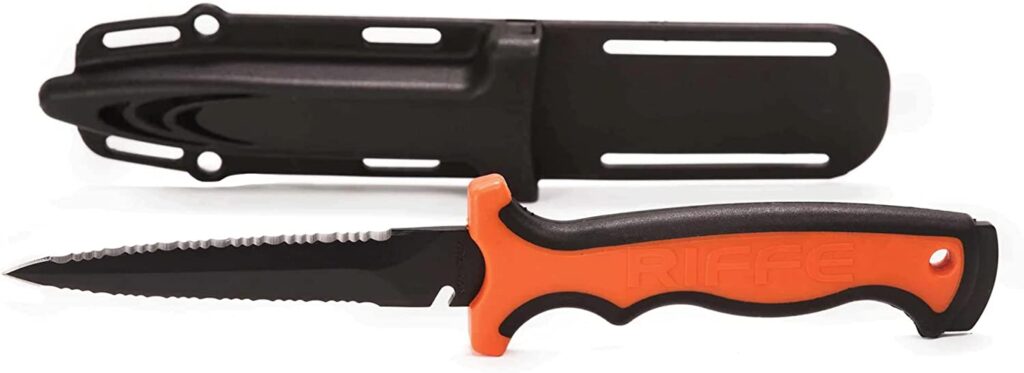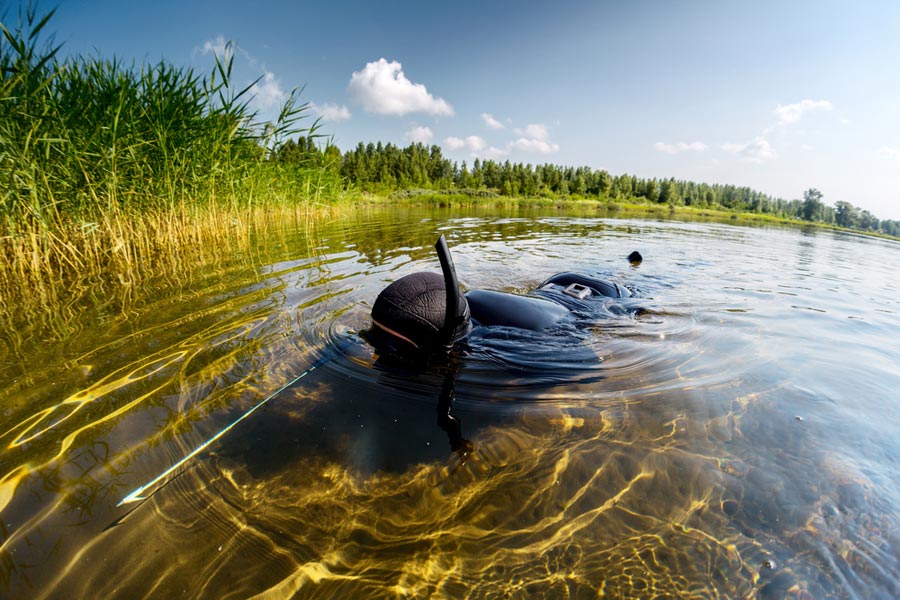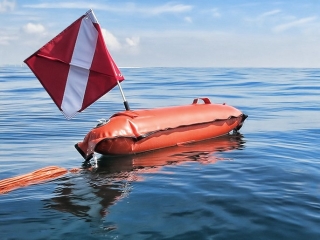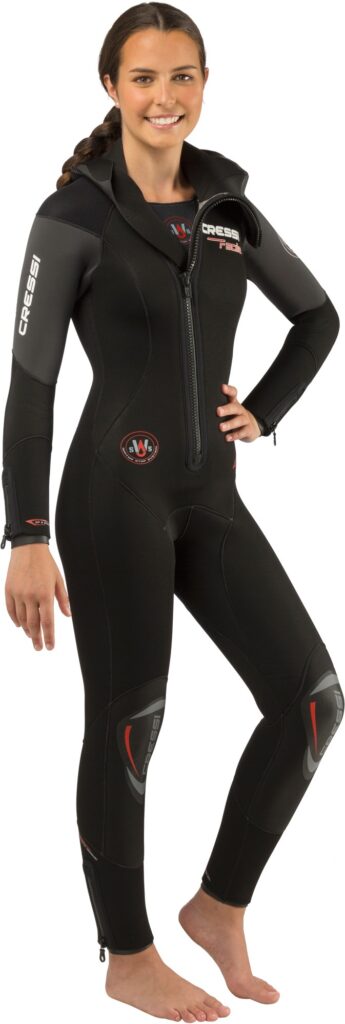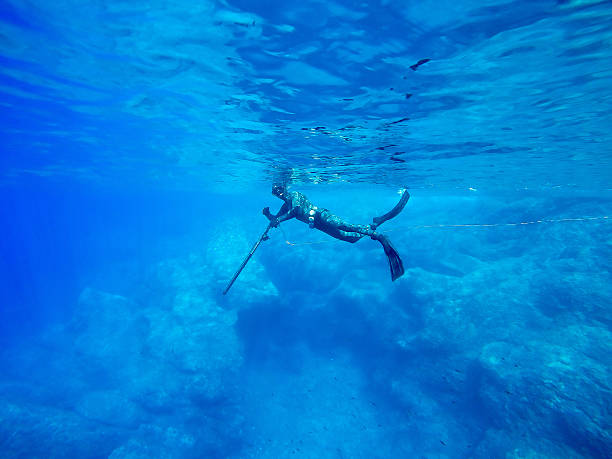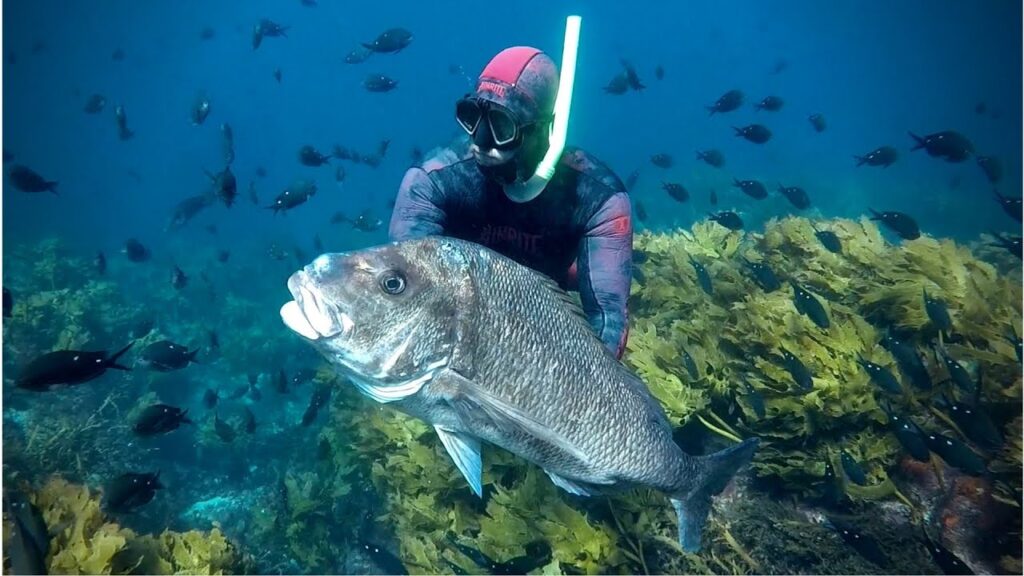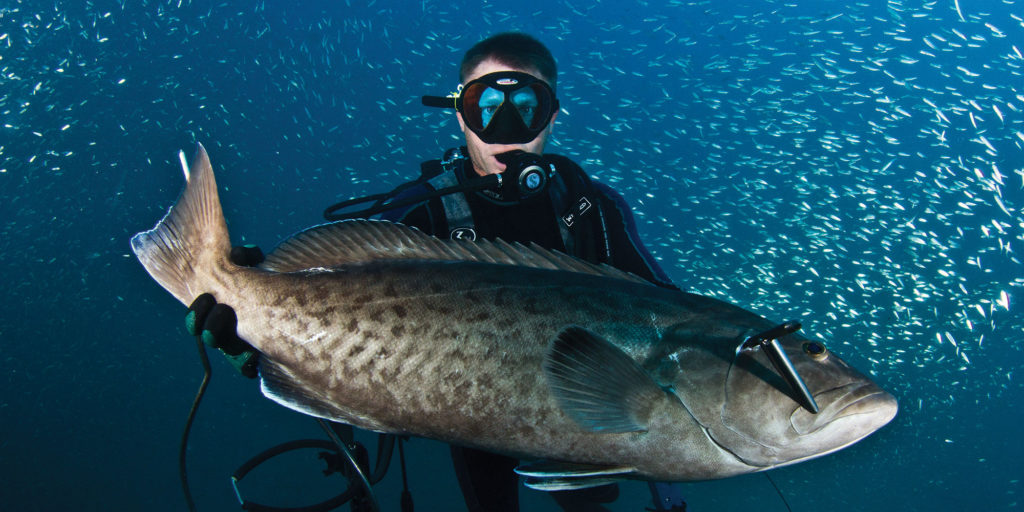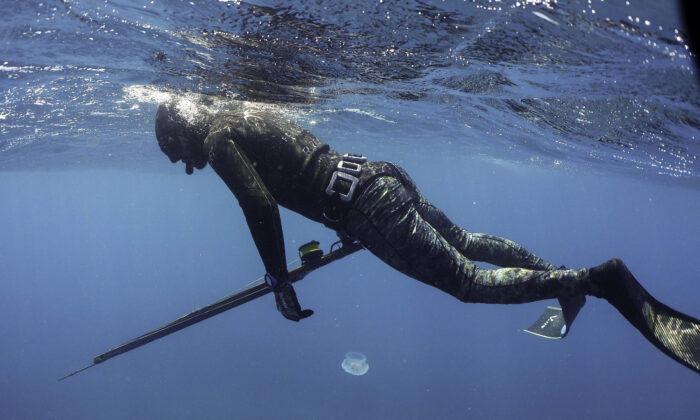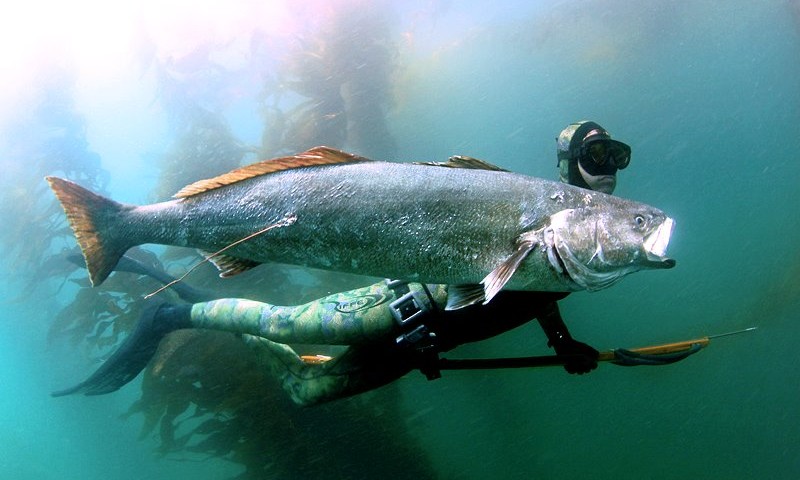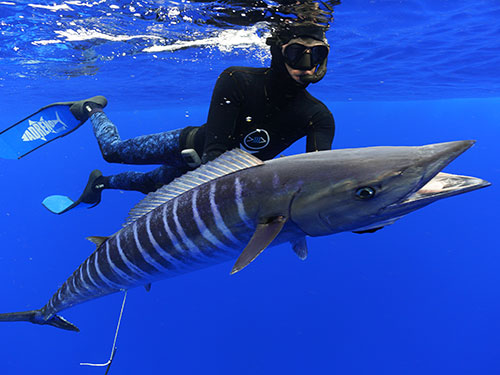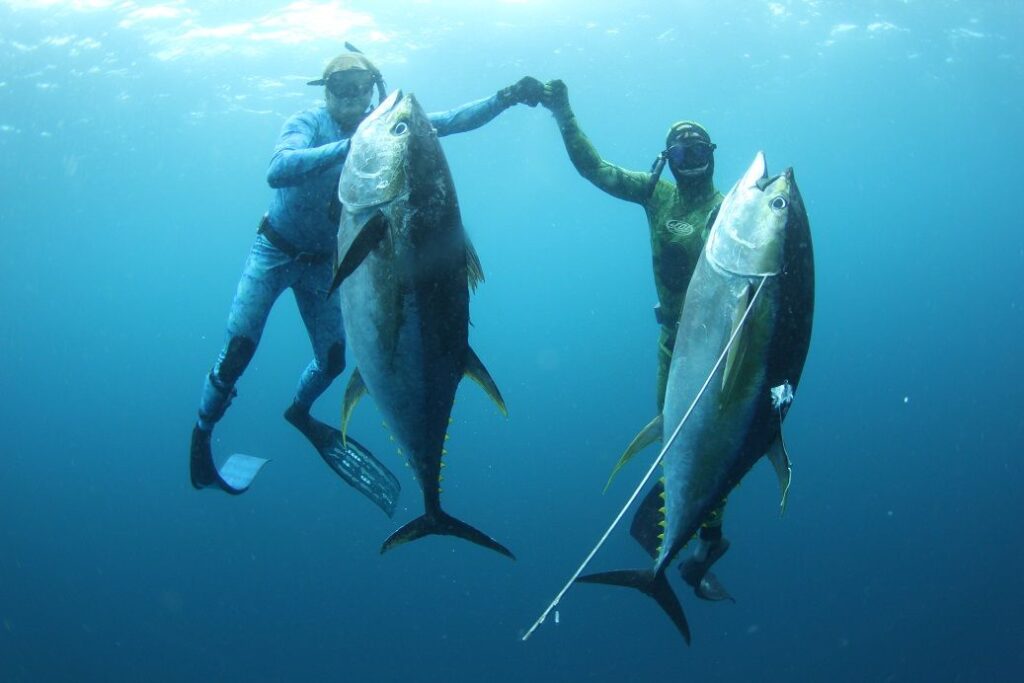With my freediving long fins on, I feel like a mermaid on a mission! Said, no one ever, LOL
And no, we won’t be talking about how they make you feel like a mermaid on a mission.
But I promise to make it just as fun!
Are you ready to unlock the secrets of deep dives?
We all know, freediving is a breathtaking experience that allows you to explore the underwater world like never before.
But to reach greater depths, you need the right gear, and that includes the best freediving fins.
What if you have no idea about fins?
You really need an expert advice on “how to choose the best freediving fins”.
So, in this article, we’ll explore the world of freediving long fins, discussing everything from blade materials to foot pockets and their influence on your diving experience.
Excited to grab your favorite pair of carbon fiber fins?
Let’s dive right in and explore the wonders of the deep blue sea!
Carbon Fiber Fins – The King of Materials
A beginner’s freediving fin is usually plastic – so it’s cheaper – while a pro’s is made of carbon or composite material.
When it comes to the best materials for freediving fins, carbon fiber is the king.
Why? Let me tell you!
Carbon fiber fins are strong, lightweight, and incredibly efficient. They provide superior propulsion, making them ideal for competitive freediving and spearfishing.
Unlike fiberglass fins, carbon fiber fins offer exceptional durability and can withstand the wear and tear of daily use.
So now you must be thinking about their materials, right?
Carbon fins are produced by combining multiple layers of carbon fiber and epoxy resin in a process known as hand-laying.
This process involves layering each section of the blade, and then each layer is bonded with high-quality glue to ensure maximum durability.
Carbon fiber fins are available in different stiffness levels! Medium stiffness fins are perfect for beginners and intermediate divers.
Foot Pockets – Finding the Right Fit
One of the critical components of freedive fins is the foot pocket. The foot pocket’s function is to keep the foot securely in place and transfer the diver’s power to the blade.
Foot pockets are made of various materials, such as rubber, thermoplastic elastomer, and neoprene.
Freediving fins usually come in pairs, and the foot pocket’s size and shape must fit your feet perfectly. A loose or too-tight foot pocket can cause discomfort and affect your diving performance.
Additionally, long fin with the wrong foot pocket size can cause blisters, cramps, and other injuries.
Carbon Blades – The Heart of Long Fins
The blade is the heart of freedving fins, and its design and materials play a crucial role in a diver’s efficiency and propulsion.
Freediving blades are typically made of carbon fiber, fiberglass, or a combination of both.
Carbon fiber blades are strong and efficient, providing the diver with maximum propulsion and speed.
On the other hand, fiberglass blades are softer and more flexible, making them ideal fins for beginners and intermediate divers.
Water Rails – Adding Precision to Your Dive
Water rails are thin grooves on the blade’s edges that help to reduce turbulence and increase the fin’s efficiency.
These water rails improve the fin’s ability to maintain a straight path, allowing the diver to move forward more effortlessly.
Diving Efficiency of Freediving Long Fins
The efficiency of fins depends on the combination of factors such as the blade stiffness, foot pocket size, and blade material.
Divers must choose freedive fins that suit their diving style, body shape, and diving environment.
A perfect combination of blade stiffness, foot pocket size, and blade material can increase the diver’s efficiency, allowing for longer dives and deeper depths.
Quality and Durability – Investing in Your Gear
Freediving fins are an investment in your freediving journey. The higher the quality of the fins, the more durable they will be.
High-quality fins can withstand wear and tear, making them a great investment for the avid freediver.
Wanna check out Essential Spearing Gears for 2023?
Pairing Freediving Long Fins with Your Freediving Wetsuit
When choosing your freediving fins, it’s important to consider the thickness of your wetsuit.
The thicker the wetsuit, the more buoyant the diver will be, and the more powerful the fins will need to be.
A thicker freediving wetsuit may require long fins with stiffer blades to compensate for the added buoyancy. On the other hand, a thinner wetsuit may need softer blades for greater flexibility.
In addition to the wetsuit thickness, the diving environment also plays a crucial role in determining the appropriate fins to use.
In colder waters, thicker wetsuits are necessary, which means the diver may require longer and stiffer fins to compensate for the added buoyancy.
Warmer waters require less buoyancy, and shorter fins may be more appropriate.
Long Fins for Spearfishing
Freediving fins are not only used for recreational diving but also for spearfishing.
When it comes to spearfishing, divers require fins that are powerful and efficient, allowing them to move swiftly and stealthily through the water.
Spearfishing fins are typically longer and stiffer than recreational diving fins.
So, spearfishing long fins have to be comfortable, fit securely, and provide the diver with enough power to maneuver quickly in the water.
High-quality long fins are crucial for spearfishing as they need to be strong and durable to withstand the added pressure and wear and tear of spearfishing activities.
Choosing the Right Size and Stiffness
Choosing the right size and stiffness of long fins is essential for divers to achieve maximum efficiency and performance.
Long fins that are too small or too large can cause discomfort, decrease performance, and even result in injuries.
The size of the fins is determined by the diver’s shoe size, and the blade’s length can range from 60cm to 120cm, depending on the brand and model.
Divers must choose best spearfishing fins that fit comfortably and securely, providing the right amount of power and efficiency for their diving style.
The stiffness of the blade also plays a crucial role in the diver’s performance. Stiffer blades provide more power and propulsion, making them ideal for competitive freediving and spearfishing.
Softer blades are more flexible, allowing for greater maneuverability and making them ideal for beginners and recreational divers.
5 Best Freediving Long Fins for 2023
When choosing the best freediving fins, it’s essential to find the perfect pair tailored to your experience level and preferences.
Our carefully curated list of the top freediving fins for 2023 offers a variety of options to help you make a splash in the world of freediving.
Whether you’re looking for carbon fiber marvels or specialized designs for women, our selection ensures you’ll find the ideal fins for your underwater adventures.
1. Cressi Gara Modular Impulse

The Cressi Gara Modular Impulse fins bring efficiency and performance together in perfect harmony. Designed for long sessions, these fins combine comfort and durability with their dual material composition. Boasting an innovative design for maximum propulsion with minimal effort, these fins are loved by beginners and advanced freedivers alike.
Specs & Features:
- Dual material composition
- Designed for long sessions
- Ideal for all skill levels
Pros
- Energy-efficient performance
- A supreme blend of comfort and durability
- Suitable for beginners and advanced freedivers
Cons
- May require a break-in period for optimal fit
2. Mares Razor Matrix Fins

The Mares Razor Matrix fins are built for experienced freedivers craving unmatched acceleration and responsiveness. Crafted with a mix of carbon fiber and glass fiber layers, these fins feature a unique parabolic bend and V-shaped tip for extraordinary propulsion. Just remember to wear a 3mm neoprene sock for a comfy fit!
Specs & Features:
- Carbon fiber and glass fiber blend
- Unique parabolic bend and V-shaped tip
- Designed for experienced freedivers
Pros
- Unparalleled acceleration and responsiveness
- Exceptional propulsion power
- High-quality construction
Cons
- Not suitable for beginners
3. Cressi Gara Modular Sprint Fins

Competitive freedivers hunting for speed will find their perfect match in the Cressi Gara Modular Sprint fins. Engineered using advanced finite element software and Cressi’s elastomer thermoplastic compound, these fins provide unrivaled power and control. The shorter, angled design focuses energy transfer, making them the ultimate choice for speed seekers.
Specs & Features:
- Advanced finite element software design
- Elastomer thermoplastic compound
- Shorter, angled blade for focused energy transfer
Pros
- Outstanding power and control
- Ideal for competitive freedivers
- Enhances speed and agility
Cons
- May not be suitable for recreational freediving
4. MAKO Women’s Competition Freediver II

MAKO delivers top-notch freediving fins for women with smaller feet through their Women’s Competition Freediver II fins. Featuring smaller foot pockets and soft stiffness, these fins are perfect for lighter, petite divers. The stylish camo design on the blade adds a touch of flair, ensuring you’ll shine both in and out of the water.
Specs & Features:
- Smaller foot pockets for women’s sizing
- Soft stiffness for lighter divers
- Stylish camo design on the blade
Pros
- Tailored for female freedivers
- Ideal for petite and lighter divers
- Eye-catching camo design
Cons
- Limited stiffness options
5. Omer Stingray EVO

Dive into the adrenaline-pumping world of spearfishing and freediving with the Omer Stingray EVO fins. Specially designed for experienced fin lovers, these fins rock a khaki brown color for easy spotting, while their camo look keeps you hidden on sandy ocean floors.
The unique keyhole in the blade’s center amps up performance by channeling water and guiding the blade as you move. This clever design eases the force needed in the less active blade area, releasing maximum energy at the tip.
Made from low-modular polypropylene, the Stingray EVO fins boast medium-stiffness blades, striking the sweet spot for strong or heavy beginners. The water ribs on the blade guarantee smooth water flow, giving you ultimate control and spring in every kick.
What sets these fins apart is the 22-degree boot-to-blade angle, a step up from the usual 15 or 17-degree angle. Research shows this design boosts your range of motion, taking your forward propulsion to new heights.
Specs & Features:
- Material: Thermal plastic rubber (TPR) and polypropylene
- Full Foot
- Stiffness Options: No
- Blade stiffness: Medium
- Removable blade: Yes
Pros
- Perfect for seasoned spearfishers
- Rigid design for powerful propulsion
- Ribbed and keyhole blade saves energy and oxygen
- Camo color for sneaky underwater movement
- Removable blade for hassle-free travel and upgrading
Cons
- Heel friction without neoprene sock
Spearfishing pros and freediving fanatics, get ready to experience unmatched stealth and performance with your favorite pair of fins.
Your underwater escapades will never be the same!
Caring for Your Freediving Long Fins
Caring for your freediving fins is essential to ensure they last longer and perform better. Proper care and maintenance of fins include cleaning, drying, and storage.
After each dive, rinse the fins with clean freshwater to remove any salt or sand.
Dry the fins thoroughly before storing them in a cool, dry place, away from direct sunlight.
Avoid storing the fins in a bent position, which can cause warping and affect the blade’s performance.
Conclusion
Finding the right freediving long fins is important for divers who want to explore deeper underwater.
These fins help make diving easier and more enjoyable. There are many kinds of fins available, including ones made from carbon fiber and special designs for women, so everyone can find a pair that works best for them.
To pick the best fins, think about things like the material the fins are made of, how big the part that fits on your foot is, how stiff the fin is, and where you’ll be diving.
Getting the right mix of these factors will make diving better and let you go deeper for longer.
Also, remember to wear the right kind of wetsuit for where you’re diving.
For people who enjoy spearfishing, strong and sneaky long fins are important for success.
Taking good care of your fins, like cleaning and drying them properly, will help them last longer and work better.
So, are you ready to find the perfect pair of freediving fins that will help you explore the amazing underwater world?
Go grab your FAVORITE pair of soft freediving fins!
FAQs
What’s the difference between scuba fins vs freediving fins?
Scuba fins are designed for slow and steady movements, while freediving fins are made for quick and powerful kicks.
What are long fins for?
Long fins are used by freedivers and spearfishers to increase propulsion and efficiency in the water.
Why do freedivers use long fins?
Freedivers use long fins to cover more distance with less effort, making it easier to dive deeper and stay underwater longer.
What is the difference between long fins and short fins?
Long fins provide more propulsion power and efficiency than short fins, allowing divers to cover more distance with less effort.
Are long fins faster than short fins?
Yes, long fins are generally faster than short fins due to their increased propulsion power.
Are carbon fiber fins good?
Yes, carbon fiber fins are durable, lightweight, and provide excellent propulsion, making them a popular choice among freedivers and spearfishers.
Why are carbon fins better?
Carbon fins are better than other materials because they are stronger, lighter, and more efficient in the water, providing superior propulsion and speed.
Do carbon fins break?
Carbon fins can break if they are mishandled or subjected to excessive force, but they are generally more durable than other materials.
How do you travel with carbon fiber fins?
When traveling with carbon fiber fins, it’s best to pack them in a sturdy bag and protect them with padding to prevent damage.
Are carbon fiber fins worth it?
Yes, carbon fiber fins are worth the investment for serious freedivers and spearfishers who want superior propulsion, efficiency, and speed in the water.
Are fiberglass fins better than plastic?
Yes, fiberglass fins are better than plastic fins because they are stronger, more flexible, and provide better propulsion in the water.

